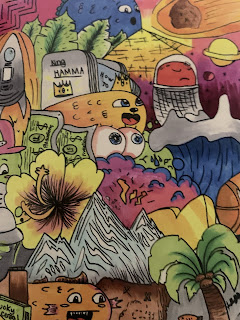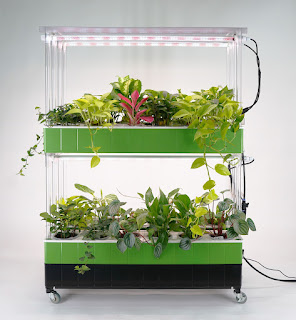We know that young children ask lots of questions. Studies suggest that a very young child could ask up to 200 questions per day. As adults, we sometimes get impatient or annoyed and indicate our exasperation with, "Why do you ask so many questions?" Yet, these questions can help children make sense of their world and their place in it. As they grow older and gain more knowledge and experiences and learn to find their own answers, the number of questions decreases. And when children go to school, it is often the teacher who is asking the questions, and there is often one "correct" answer. Yes, foundational knowledge is important, but at the same time, asking questions can lead to deeper learning. I think schools sometimes forget that.
I recently read "When You Wonder, You're Learning: Mister Rogers' Enduring Lessons for Raising Creative, Curious, Caring Kids" by Gregg Behr and Ryan Rydzewski. The more I read, the more I wanted to learn more about Fred Rogers, a compassionate, kind man who truly cared about children and let them know that their thoughts, their questions, and their feelings were valued and important. Mister Rogers' Neighborhood ran for 33 years on public television; several generations of children were influenced by his lessons and the friends in his neighborhood. Fred Rogers' legacy continues to this day.
Recently, Josh Reppun invited a few of us from the What School Could Be community to chat with co-author Ryan Rydzewski who was here in Hawai`i for an INPEACE event. It took someone from Pittsburgh to alert us to this wonderful program. Their goals directly align with what we believe about education and the involvement of families and the community to raise kids who are curious, creative, respectful, and who show aloha towards others. It is no wonder that Ryan was invited to be a part of their training sessions. INPEACE and Mr. Rogers share similar ideas about how we talk to, care for, and treat our children. In fact, one of the first statements Ryan made was, "I always thought that aloha meant hello or goodbye, but now I realize that aloha is so much more." Yes, aloha is a way of life, respectful, listening to understand, caring for others and for this place we call home. After spending time with Ryan, I know that he may be from Pittsburgh, but he definitely lives and breathes aloha.
90 minutes went much too quickly as our group chatted about many topics. We all come from different backgrounds and are of different generations, but we share a love for children, and we all strive, in our own way, to make this world a better place for them, now and in the future. If we truly believe that our children are the future, then we must prepare them to be curious, to be able to work with others, to be the problem-finders as well as the problem-solvers, and to be the innovative, compassionate leaders we need them to be. On page 209, the authors write: "The real gift that Fred Rogers gave us was hope - hope that with the tools for learning that he worked so hard to teach us, we would find within ourselves the strength to confront hard problems. Hope that we'd each find the courage to love thy neighbor. Hope that caring adults would protect us - and that each of us would, in turn, become caring adults ourselves. Rogers gave us hope that despite everything, the canvas was worth defending." I have hope that by working together, we can make this world a better place, just as Fred Rogers envisioned.



































